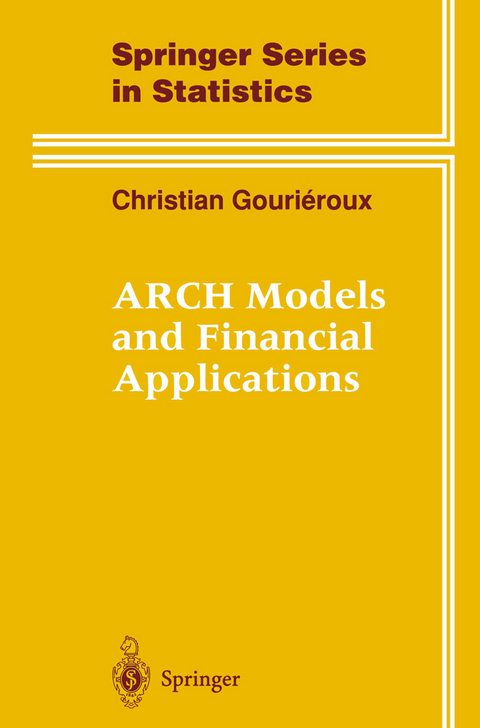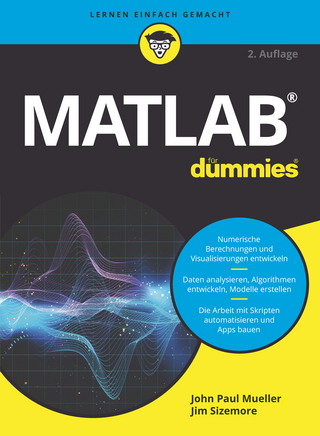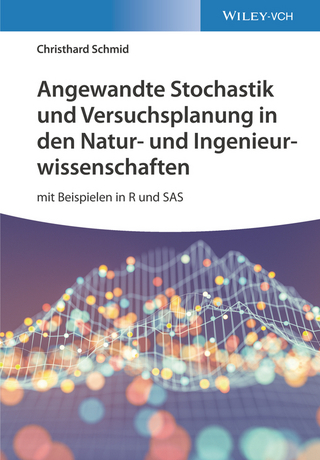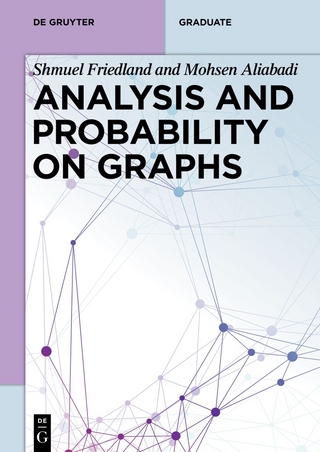
ARCH Models and Financial Applications
Springer-Verlag New York Inc.
978-1-4612-7314-1 (ISBN)
Moreover,financial theoriesbasedoncon- ceptslikeequilibriumorrationalbehavioroftheinvestorswouldnaturallysuggest including and testing some structural constraints on the parameters. In this con- text, ARCH (Autoregressive Conditionally Heteroscedastic) models, introduced by Engle (1982), arise as an appropriate framework for studying these problems. Currently, there existmorethan onehundredpapers and some dozenPh.D. theses on this topic, which reflects the importance ofthis approach for statistical theory, finance and empirical work. 2 1. Introduction From the viewpoint ofstatistical theory, the ARCH models may be considered as some specific nonlinear time series models, which allow for aquite exhaustive studyoftheunderlyingdynamics.Itisthereforepossibletoreexamineanumberof classicalquestions like the random walkhypothesis, prediction intervals building, presenceoflatentvariables [factors] etc., and to test the validity ofthe previously established results.
1 Introduction.- 1.1 The Development of ARCH Models.- 1.2 Book Content.- 2 Linear and Nonlinear Processes.- 2.1 Stochastic Processes.- 2.2 Weak and Strict Stationarity.- 2.3 A Few Examples.- 2.4 Nonlinearities.- 2.5 Exercises.- 3 Univariate ARCH Models.- 3.1 A Heteroscedastic Model of Order One.- 3.2 General Properties of ARCH Processes.- 3.3 Exercises.- 4 Estimation and Tests.- 4.1 Pseudo Maximum Likelihood Estimation.- 4.2 Two Step Estimation Procedures.- 4.3 Forecast Intervals.- 4.4 Homoscedasticity Test.- 4.5 The Test Statistic Interpretation.- Appendix 4.1: Matrices I and J.- Appendix 4.2: Derivatives of the Log-Likelihood Function and Information Matrix for a Regression Model with ARCH Errors.- 4.6 Exercises.- 5 Some Applications of Univariate ARCH Models.- 5.1 Leptokurtic Aspects of Financial Series and Aggregation.- 5.2 ARCH Processes as an Approximation of Continuous Time Processes.- 5.3 The Random Walk Hypothesis.- 5.4 Threshold Models.- 5.5 Integrated Models.- 5.6 Exercises.- 6 Multivariate ARCH Models.- 6.1 Unconstrained Models.- 6.2 Constrained Models.- 6.3 Estimation of Heteroscedastic Dynamic Models.- 7 Efficient Portfolios and Hedging Portfolios.- 7.1 Determination of an Efficient Portfolio.- 7.2 Properties of the Set of Efficient Portfolios.- 7.3 Asymmetric Information and Aggregation.- 7.4 Hedging Portfolios.- 7.5 Empirical Study of Performance Measures.- Appendix 1: Presentation in Terms of Utility.- Appendix 2: Moments of the Truncated Log-Normal Distribution.- Appendix 3: Asymptotic Properties of the Estimators.- 7.6 Exercises.- 8 Factor Models, Diversification and Efficiency.- 8.1 Factor Models.- 8.2 Arbitrage Theory.- 8.3 Efficiency Tests and Diversification.- 8.5 Exercises.- 9 Equilibrium Models.- 9.1 Capital Asset Pricing Model.- 9.2 Test of theCAPM.- 9.3 Examples of Structural Models.
| Reihe/Serie | Springer Series in Statistics |
|---|---|
| Zusatzinfo | IX, 229 p. |
| Verlagsort | New York, NY |
| Sprache | englisch |
| Maße | 155 x 235 mm |
| Themenwelt | Mathematik / Informatik ► Mathematik ► Wahrscheinlichkeit / Kombinatorik |
| Wirtschaft ► Allgemeines / Lexika | |
| Wirtschaft ► Volkswirtschaftslehre ► Ökonometrie | |
| ISBN-10 | 1-4612-7314-5 / 1461273145 |
| ISBN-13 | 978-1-4612-7314-1 / 9781461273141 |
| Zustand | Neuware |
| Informationen gemäß Produktsicherheitsverordnung (GPSR) | |
| Haben Sie eine Frage zum Produkt? |
aus dem Bereich


